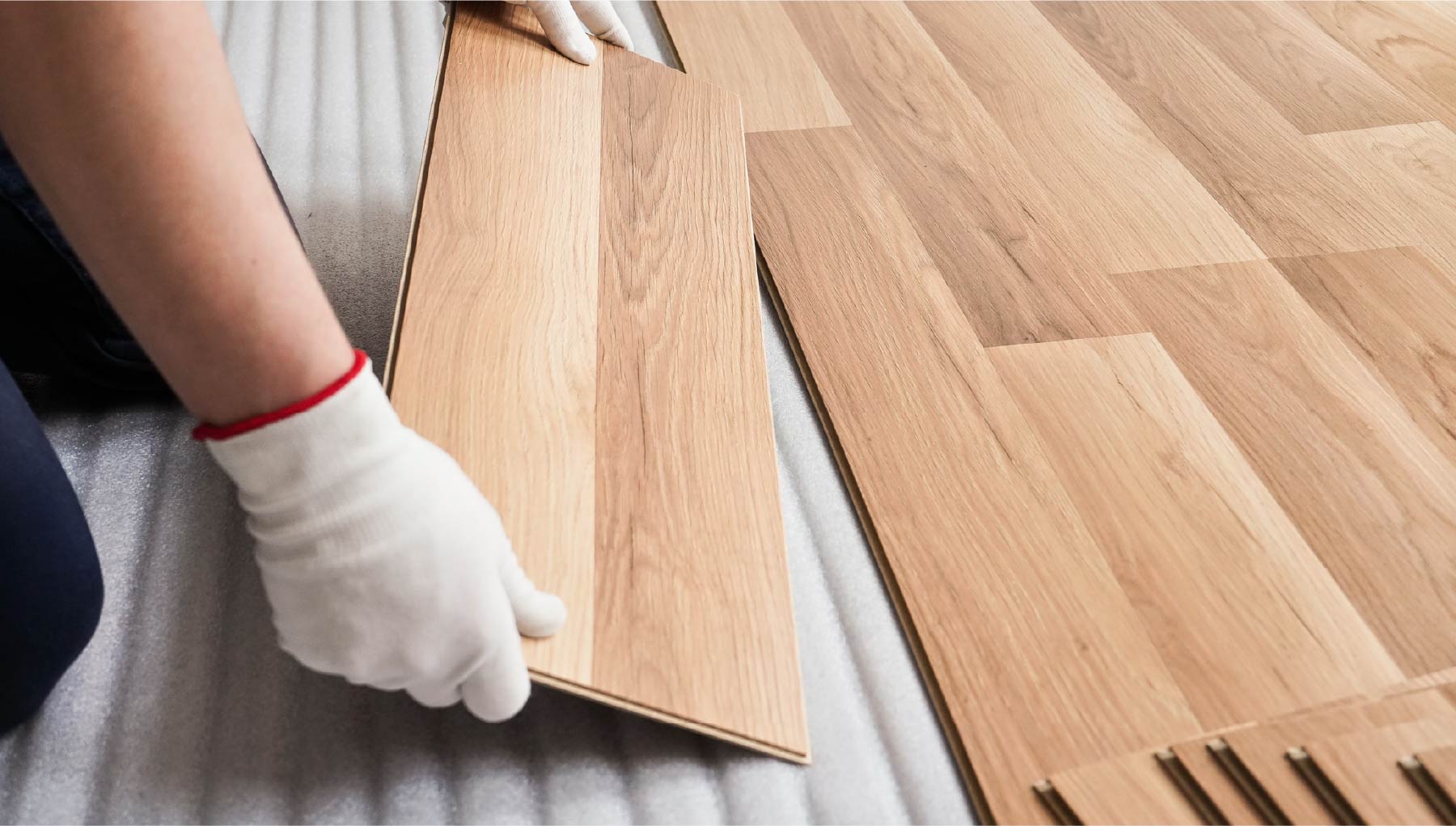Choosing the right flooring for your home is no easy task. With so many options available, it can be overwhelming to know which one is best for each room. In this article, we’ll take a deep dive into one popular choice: laminate flooring. We’ll explore its benefits, considerations, and how it compares to other flooring options. By the end, you’ll have a better understanding of whether laminate flooring is the right choice for your home.
Laminate flooring is a versatile option that can be used in many areas of your home. It offers a variety of styles and finishes, allowing you to achieve the look you desire. Whether you prefer the appearance of hardwood, stone, or tile, there’s a laminate option to suit your taste. Additionally, laminate flooring is known for its durability. It can withstand the wear and tear of daily life, making it a great choice for high-traffic areas. Plus, it’s resistant to scratches and stains, which is especially beneficial if you have pets or children. In the next section, we’ll dive deeper into the pros and cons of laminate flooring, so stay tuned! Laminate flooring is a versatile and popular choice for many homeowners. It is an affordable alternative to hardwood, while still providing a similar aesthetic. Laminate flooring consists of multiple layers, including a high-density fiberboard (HDF) core, a photographic layer that mimics the appearance of hardwood, stone, or tile, and a clear protective layer on top. This construction gives laminate flooring its durability, resistance to scratches, and easy maintenance.
One of the main advantages of laminate flooring is its wide range of styles and designs. With advanced printing technology, laminate can replicate the look of various wood species, such as oak, maple, or walnut, with remarkable accuracy. The variety of colors and finishes available allows homeowners to achieve the desired aesthetic for their space, whether it’s a rustic farmhouse feel or a sleek modern look. Additionally, laminate can mimic the appearance of other materials like stone or tile, giving homeowners even more options to choose from.
Installation is another aspect that sets laminate flooring apart. It is a floating floor system, which means the planks are not nailed or glued down to the subfloor. Instead, they click and lock together, forming a tight and secure bond. This makes installation relatively easy and straightforward, even for those with limited DIY experience. The planks can be installed over a variety of subfloors, including concrete, plywood, or existing vinyl flooring, making it a versatile choice for any room in the house.
Durability is an essential consideration when choosing flooring, especially in high-traffic areas. Laminate flooring is known for its resistance to scratches, stains, and fading, making it ideal for households with children or pets. The top clear layer acts as a protective barrier, guarding against everyday wear and tear. It is also moisture-resistant, although it is important to clean up spills promptly to prevent any damage to the HDF core.
Maintenance is a breeze with laminate flooring. Regular sweeping or vacuuming, along with occasional damp mopping, is usually all that is needed to keep the floors looking clean and fresh. Unlike hardwood, laminate does not require waxing, polishing, or refinishing. However, it is advisable to use furniture pads or felt protectors to prevent scratches from heavy furniture.
While laminate flooring offers many benefits, it is important to consider the limitations as well. Unlike hardwood, laminate cannot be refinished, so if it becomes severely damaged, the entire floor may need to be replaced. Although laminate is resistant to moisture, it is not completely waterproof. Therefore, it is not recommended for areas prone to excessive moisture, such as bathrooms or laundry rooms. Additionally, laminate flooring can be noisier than other flooring options, as it does not absorb sound as well as carpet or cork flooring.
In conclusion, laminate flooring is a cost-effective and attractive choice for homeowners looking to enhance the appearance and functionality of their space. With its wide range of styles, easy installation, durability, and low maintenance requirements, laminate flooring is a practical option for any room in the house. However, it is important to consider the specific needs of each room and weigh the pros and cons before making a final decision. By carefully considering your options and choosing the right flooring for each room, you can create a beautiful and functional space that you will enjoy for years to come.
